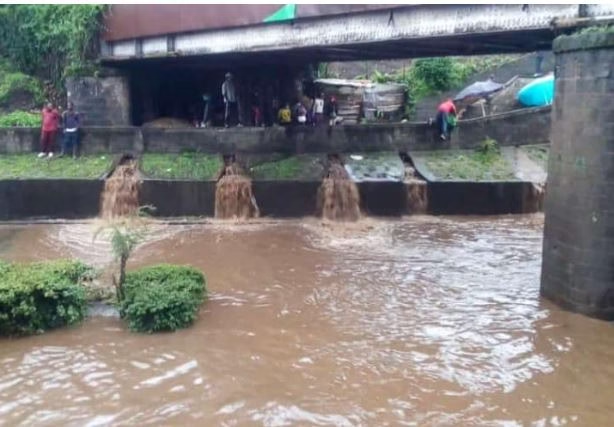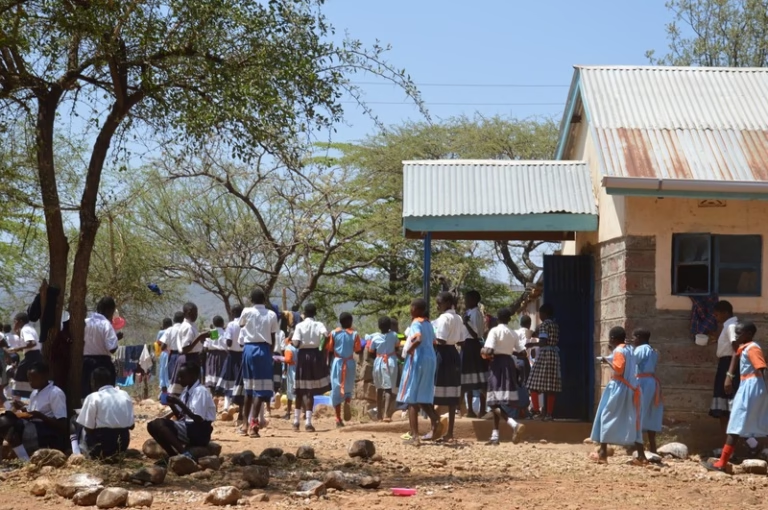
On April 30, 2025, a devastating incident occurred in Nakuru, Kenya, where an eight-year-old Grade 2 pupil from Lenana Primary School was swept away by sudden floodwaters in the Milimani area. The child’s body was later discovered near the Nakuru Senator’s office, highlighting the severe impact of the torrential rains that battered the region.
Eyewitness Accounts and Immediate Response
According to local reports, the heavy downpour began around 4:00 PM, leading to rapid flooding in various parts of Nakuru. The young pupil was on his way home when he was caught in the deluge. Witnesses described the scene as chaotic, with water levels rising swiftly, making it difficult for pedestrians and motorists alike.
Emergency services were promptly alerted, and a search operation was initiated. Despite the swift response, the child’s lifeless body was found hours later, a short distance from where he was last seen.
Parental Concerns and School’s Role
Priscilla Wanjiru Karanja, the mother of the deceased, expressed deep sorrow and raised concerns about the school’s decision to release students despite the impending storm. She emphasized that the school should have taken precautionary measures to ensure the safety of the children, especially given the severity of the weather conditions.
“They should have kept the children at school until a parent or guardian could pick them up, given the worsening weather conditions,” she lamented.
Broader Implications and Call for Action
This tragic event depicts the urgent need for schools and local authorities to develop and implement comprehensive emergency response plans. With climate change leading to unpredictable weather patterns, the following recommendations among others should be put in place:
- The tragedy highlights the urgent need for schools to have well-structured emergency response plans. Without clear guidelines on how to handle severe weather, both students and staff are left exposed to life-threatening situations.
2. Effective and timely communication with parents and guardians during emergencies is vital. Had there been proper alerts or warnings, parents could have made arrangements to collect their children or advise them to wait out the storm.
3. Schools should not operate in isolation during crises. Close collaboration with local disaster management teams ensures rapid response and access to resources, which could save lives during flash floods or similar events.




